Field Notes in Surveying
Field notes are the written records of work done in the field. They include measurements, sketches, descriptions, and other important details. Today, surveyors may use electronic field books that save data directly to a computer file, but they often still add hand‑drawn sketches and notes to make sure everything is clear and complete.
General Requirements of Handwritten Field Notes
- Accuracy – All measurements must be correct. A small mistake can ruin the entire survey.
- Integrity – Never skip or “fudge” data. If something is missed in the field, it’s costly to go back and redo it.
- Legibility – Notes must be easy to read. Clear handwriting helps everyone who uses the data later.
- Arrangement – Use forms or layouts that match the survey type. Good organization prevents errors.
- Clarity – Draw neat sketches and avoid overcrowding. Clear notes stop confusion and save time in the office.
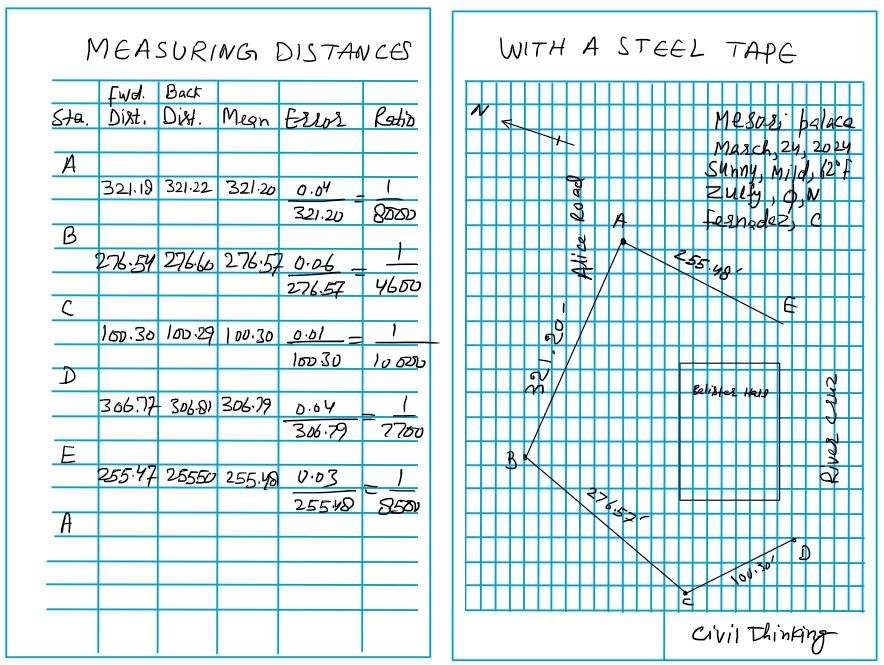
Figure 2.2.1.a: Example of handwritten field notes form.
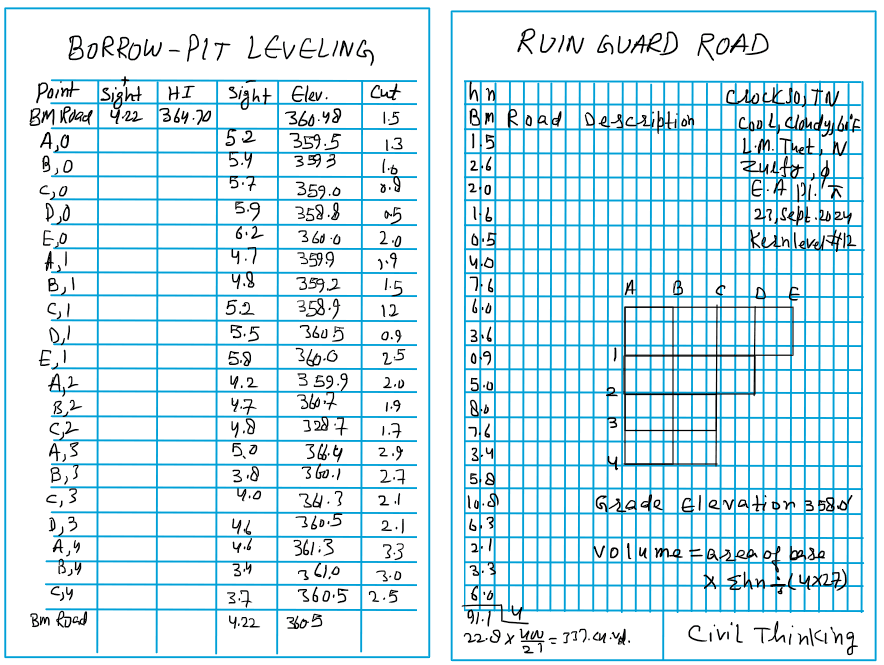
Figure 2.2.1.b: Another example of handwritten field notes form.
Pencil Hardness and Corrections
Always use a sharp pencil of at least 3H hardness. This makes an indentation in the paper that stays legible even if it gets wet. Never erase data. If a number is wrong, draw a single line through it so you can still read the original, and write the correct value above. If a whole page is voided, draw diagonal lines across the page, write VOID, and note why it was skipped.
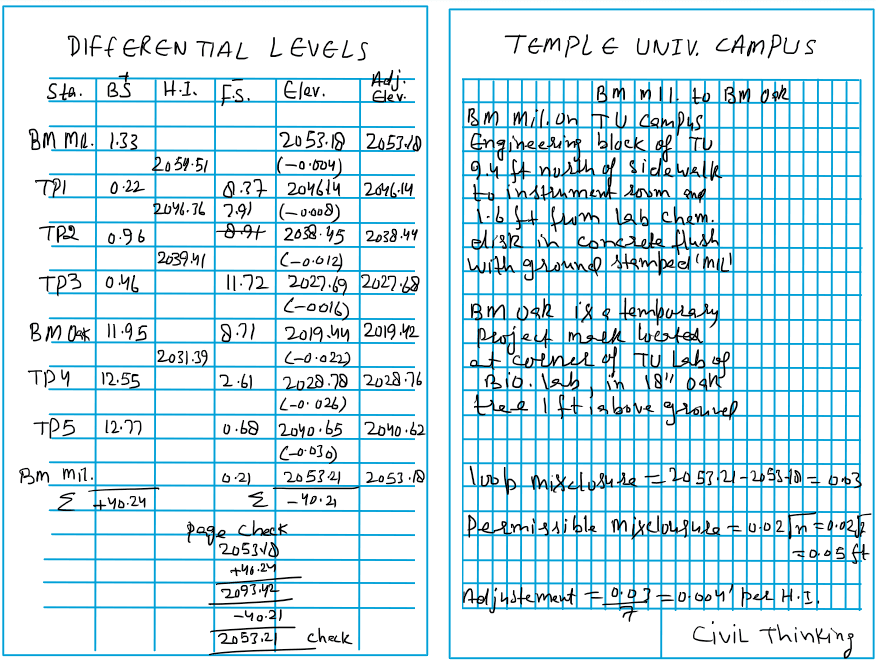
Figure 2.2.2: Correcting an error by striking through and adding the right value.
Types of Field Books and Note-Keeping Instruments
Since field books hold valuable data and must endure rough use, only high-quality books are suitable. Figure 2.2.3 shows a blank page (both left and right) form a Field Notes book.
Bound and Loose‑Leaf Field Books
Bound books, standard for many years, have a sewed binding and a hard cover made of leatherette, polyethylene, or covered hardboard. They typically contain 80 leaves and are preferred for courtroom testimony. Duplicating bound books include carbon sheets so copies of the original notes can be made in the field; perforated duplicate pages allow easy removal and advance shipment to the office.
- Flat working surface for easier writing.
- Simple filing of individual project notes.
- Easy transfer of partial note sets between field and office.
- Holds printed tables, diagrams, formulas, and sample forms.
- Different rulings (line patterns) can be used in one book.
- Saves paper and cost since unused pages aren’t wasted.
Stapled or spiral‑bound books are not ideal for professional surveys but may be acceptable for short training courses with limited field use due to their low cost.
Cameras provide a visual record of monuments and site conditions and can become part of the survey record. Tape recorders are useful when lengthy verbal descriptions are needed in place of long written notes.
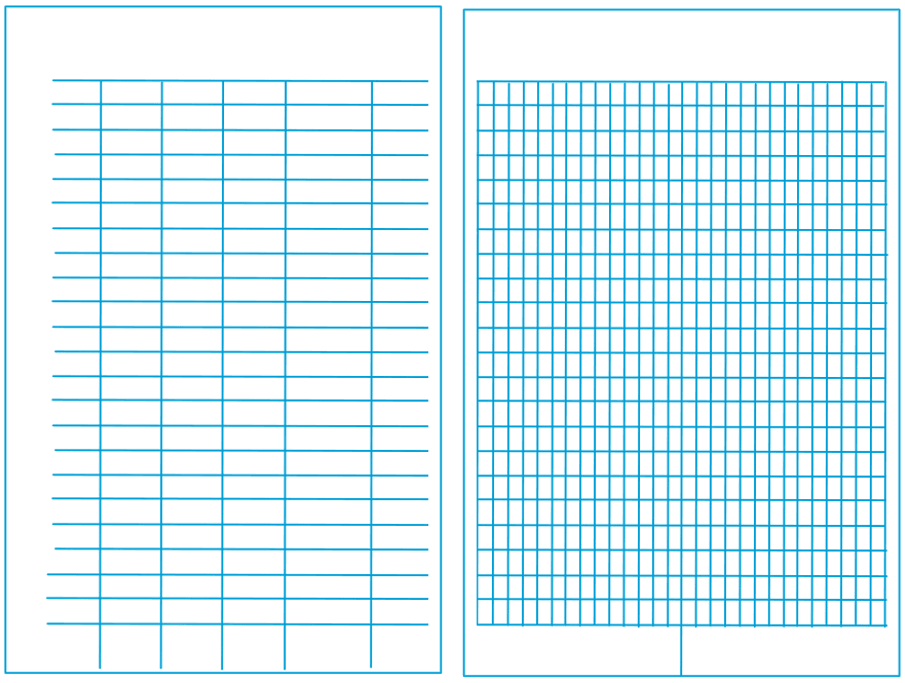
Figure 2.2.3: An empty field notes/ field book form, ready to be used in Surveying in field.
Kinds of Field Notes
There are four note types: (1) sketches, (2) tabulations, (3) descriptions, and (4) combinations. Most surveyors use combined forms, but experienced recorders choose the best type for each job. Sketches often speed note‑taking and help office staff interpret data correctly.

Figure 2.2.4: Sketch showing line lengths with tabulated measurements.
Arrangement of Notes
Note layouts follow departmental or personal standards. Pages are used in pairs, with titles across the top. The heading includes project name, location, date, and times. Weather conditions, party members with roles (e.g., π for instrument operator), and instrument type with serial numbers must also be recorded.
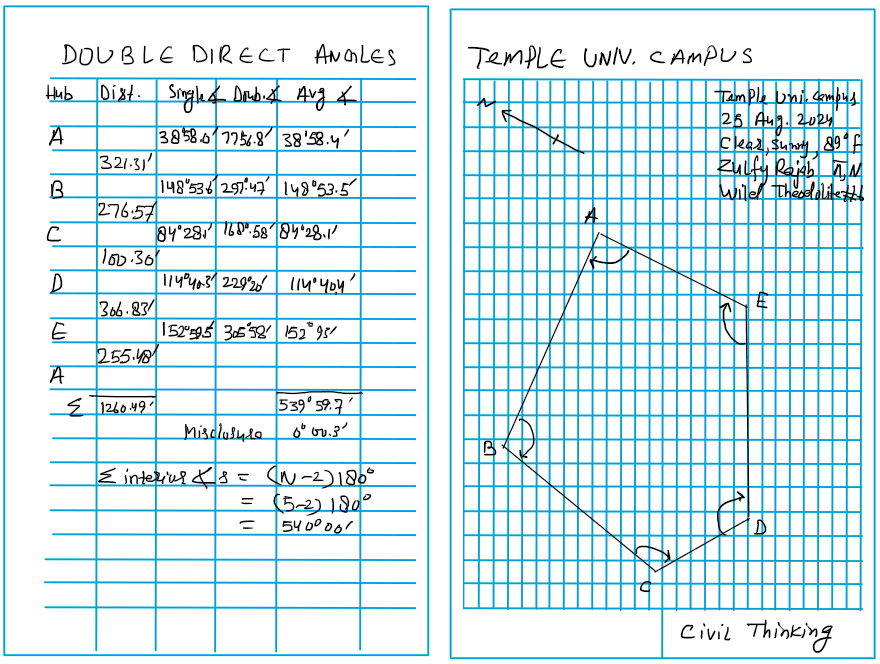
Figure 2.2.5: Angles observed at point A recorded opposite A.
Suggestions for Recording Notes
- Write the owner’s name and address on the cover and first page in ink.
- Start each day’s work on a new page.
- Use a standard note form or design one for the project.
- Include explanatory details and extra observations when in doubt.
- Record readings exactly—no mental arithmetic in the field.
- Run notes down the page, except in route surveys where they follow the survey direction.
- Use sketches when they improve clarity; carry a straightedge and protractor.
- Draw sketches in general proportion and label features clearly.
- Align descriptions next to corresponding data (e.g., benchmarks opposite elevations).
- Place a zero before decimals (0.37 not .37) and use significant figures to show precision.
- Check arithmetic and closures in the field before leaving.
- Keep a current table of contents for each field book.
- Sign your surname and initials in the lower right of each original note page.
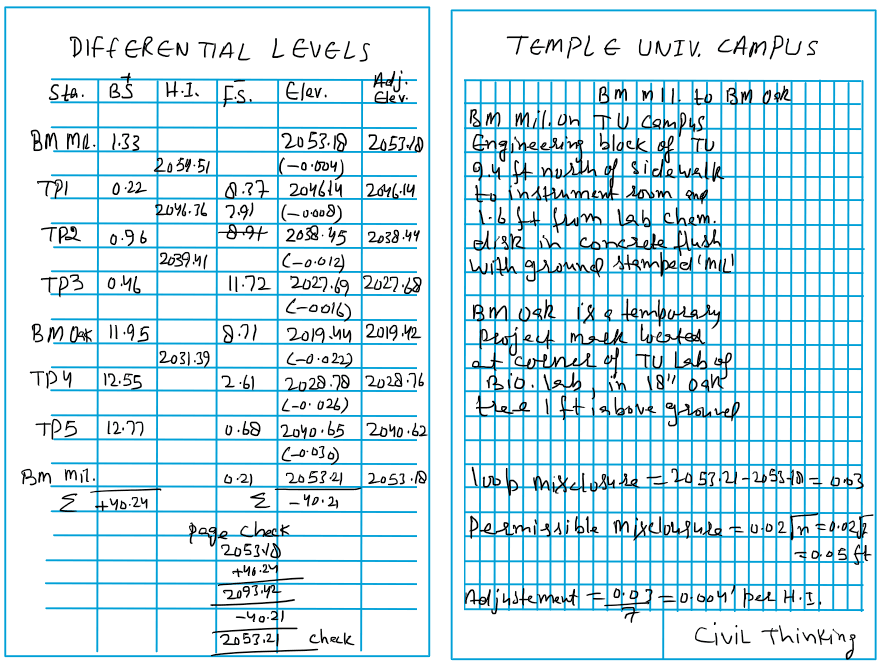
Figure 2.2.7: Benchmark descriptions placed opposite elevations.
